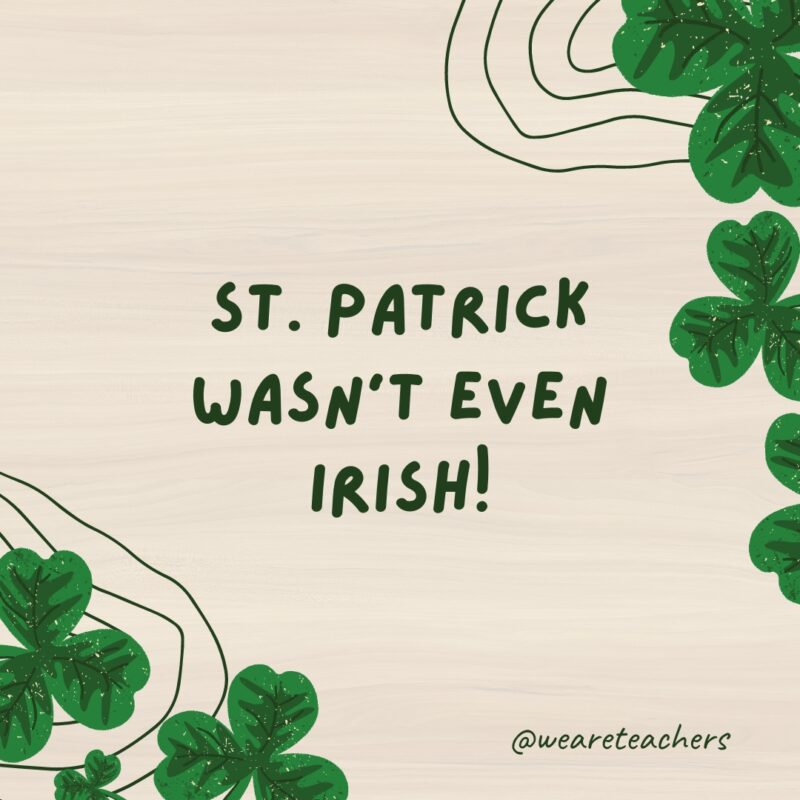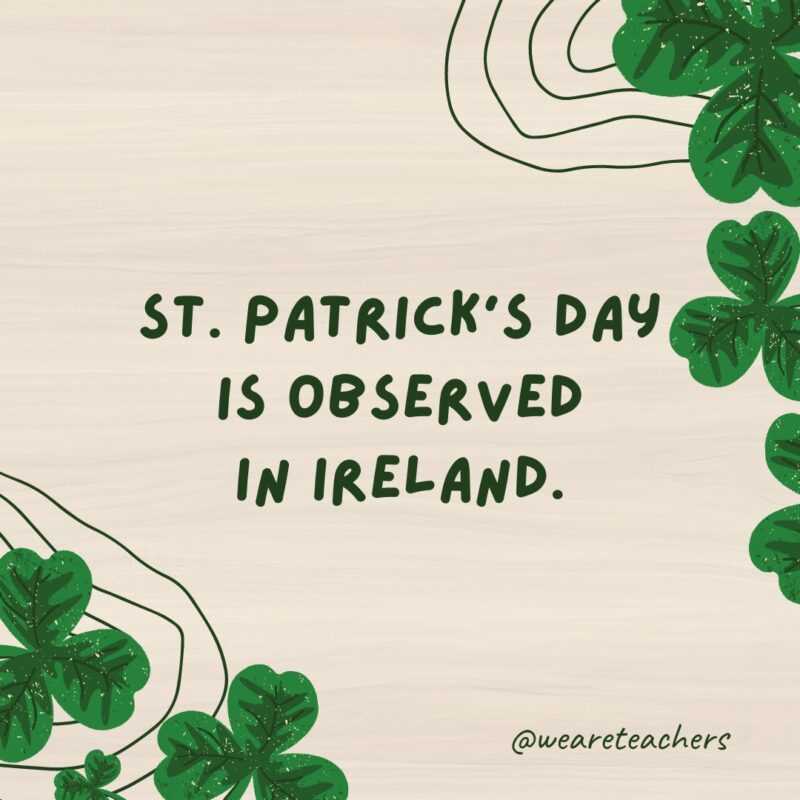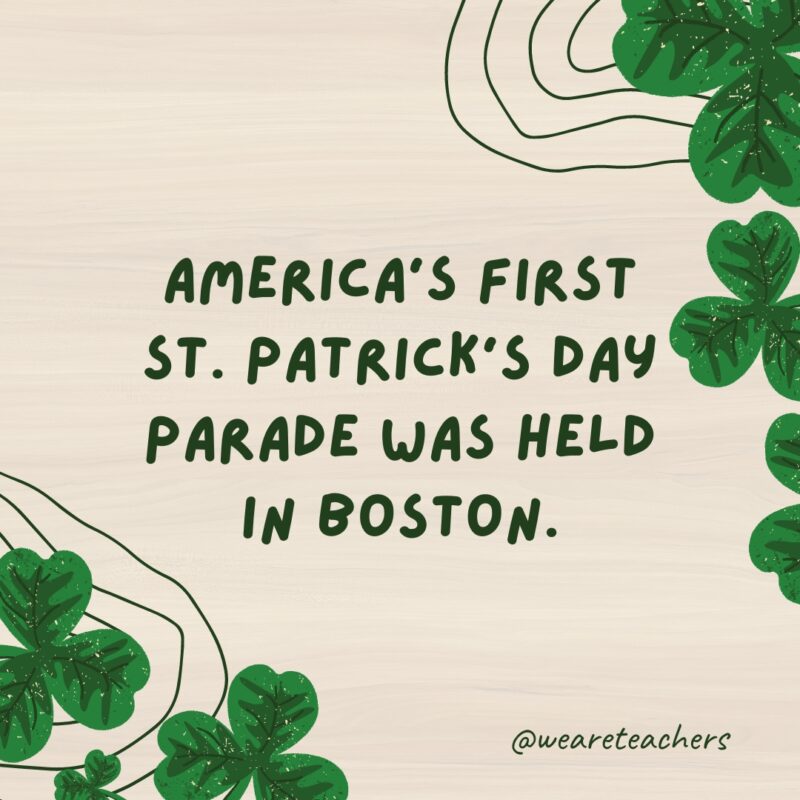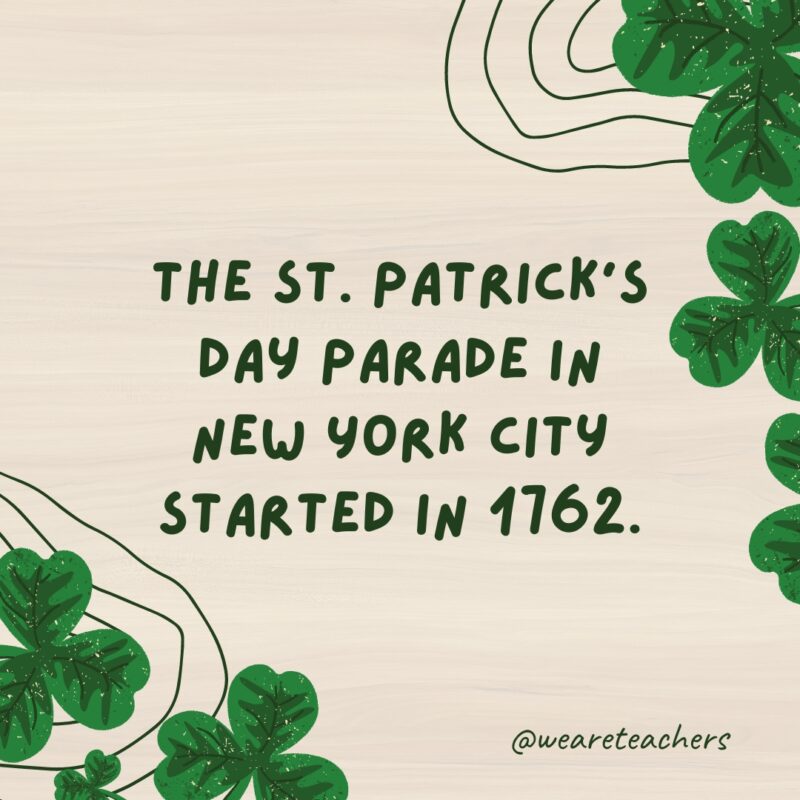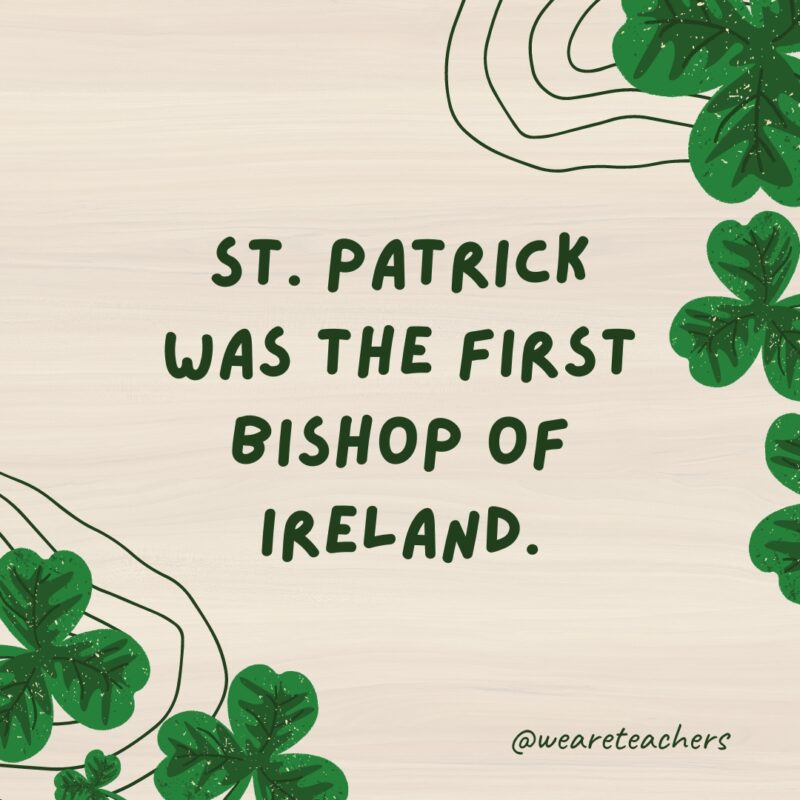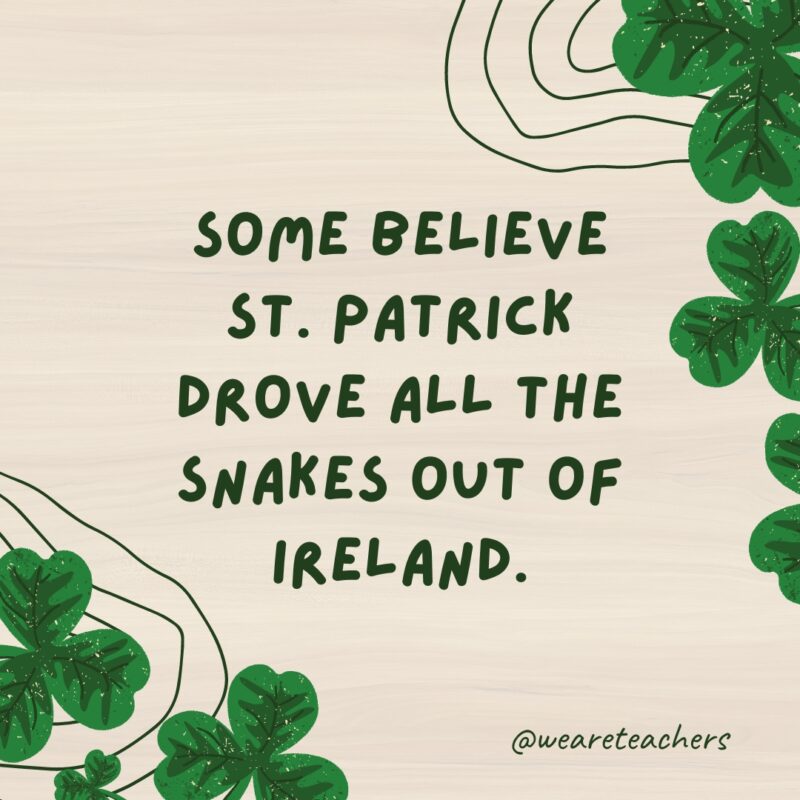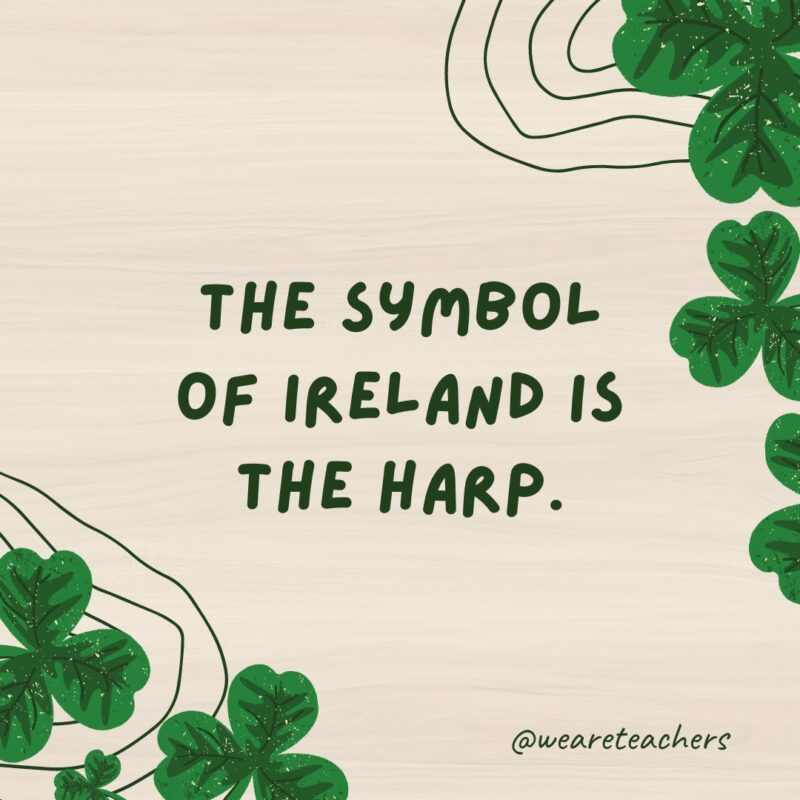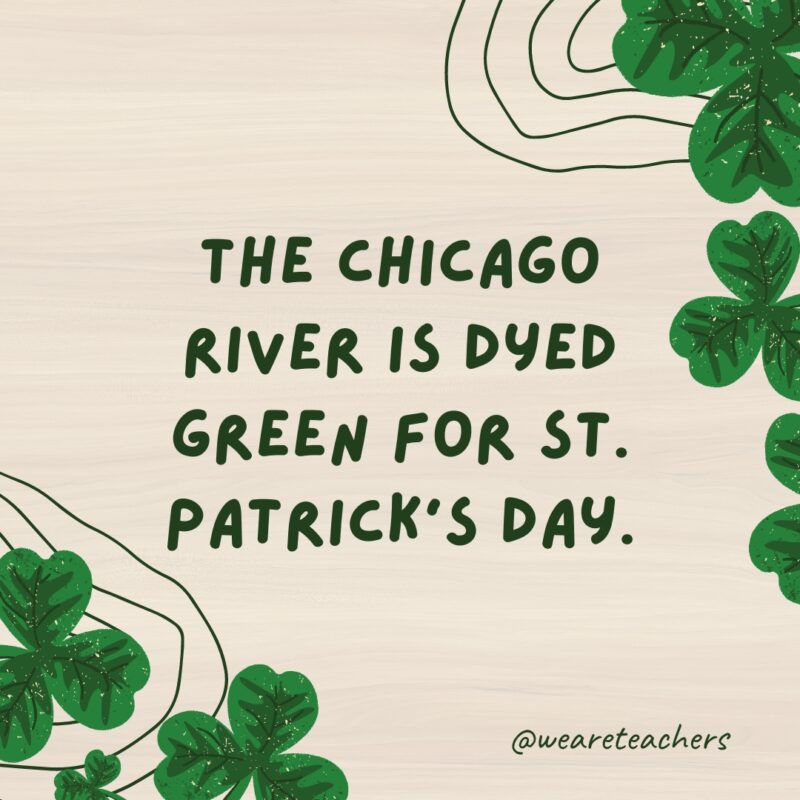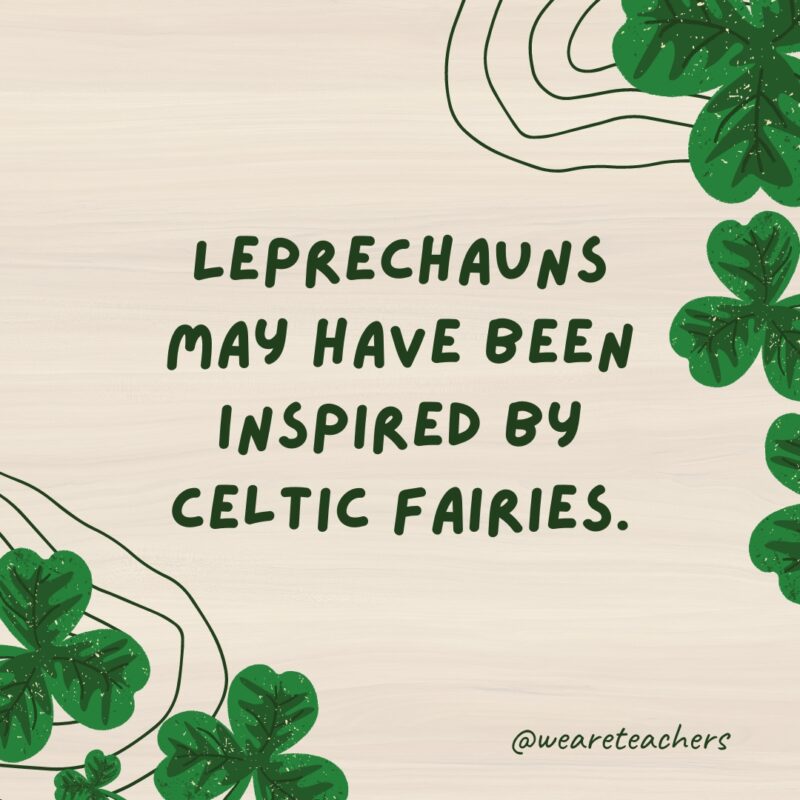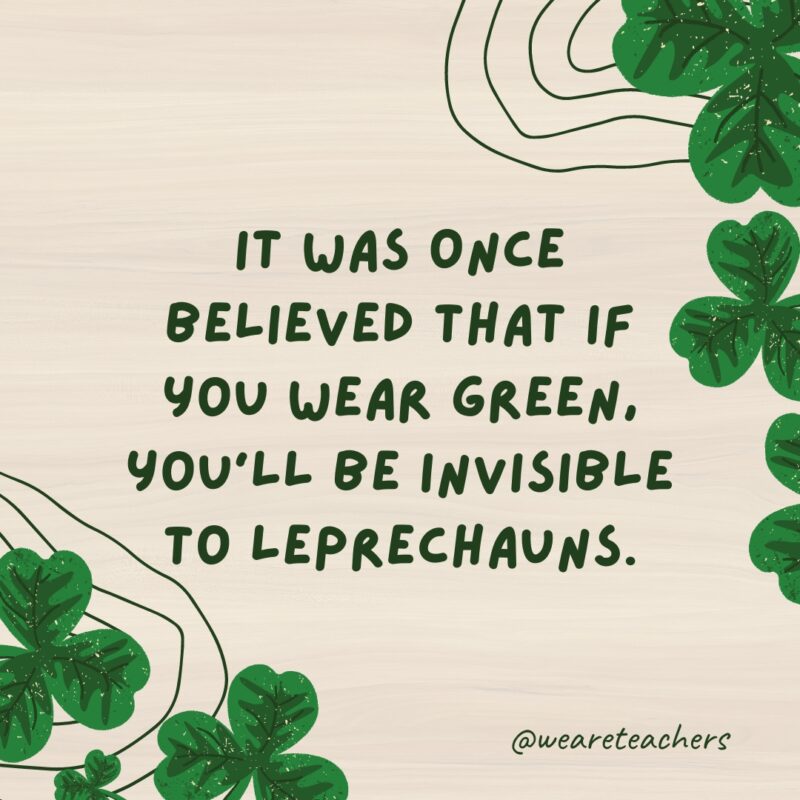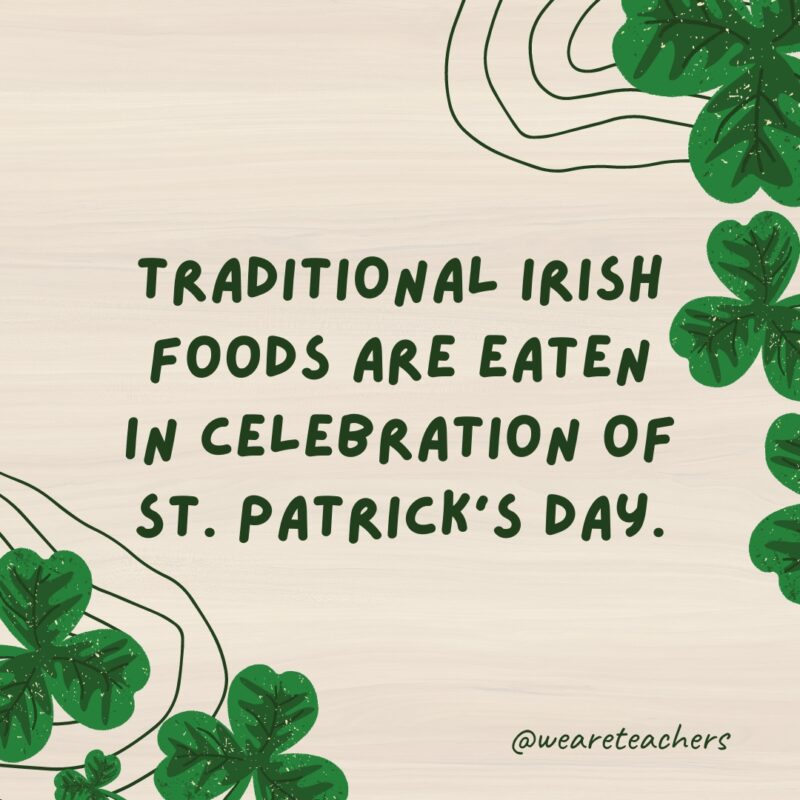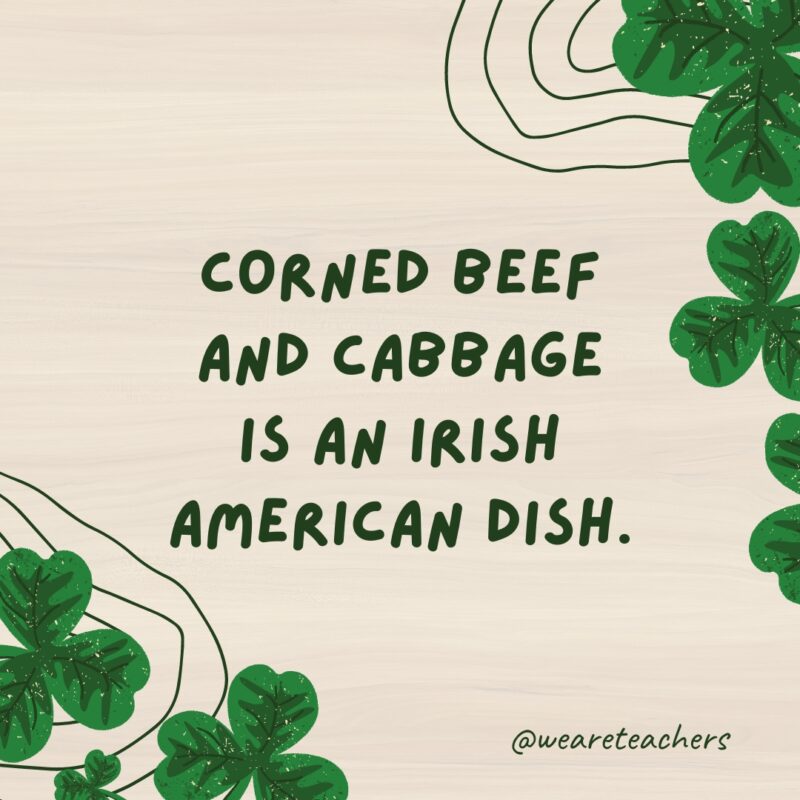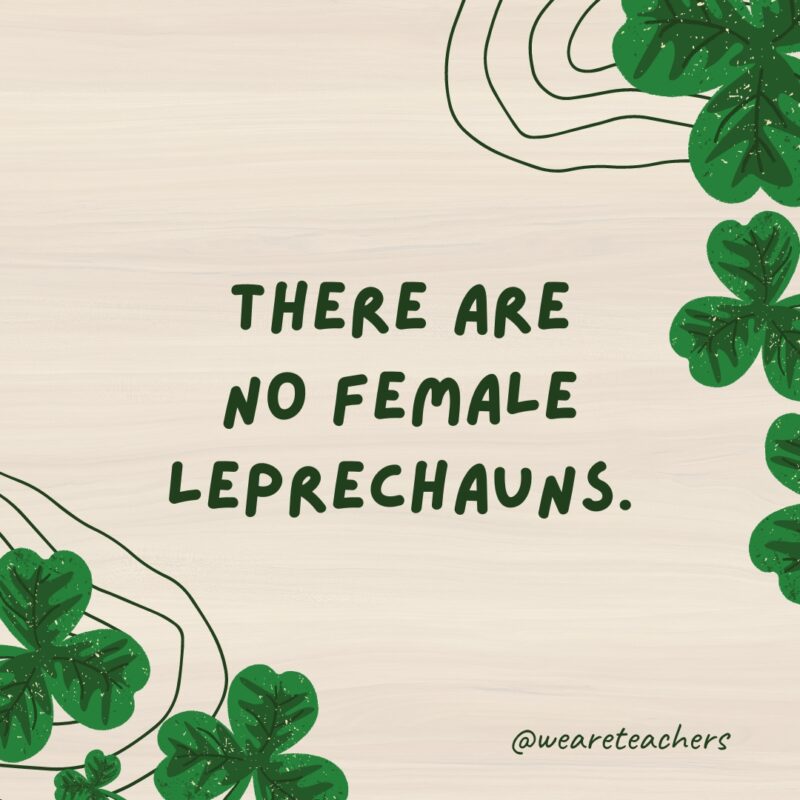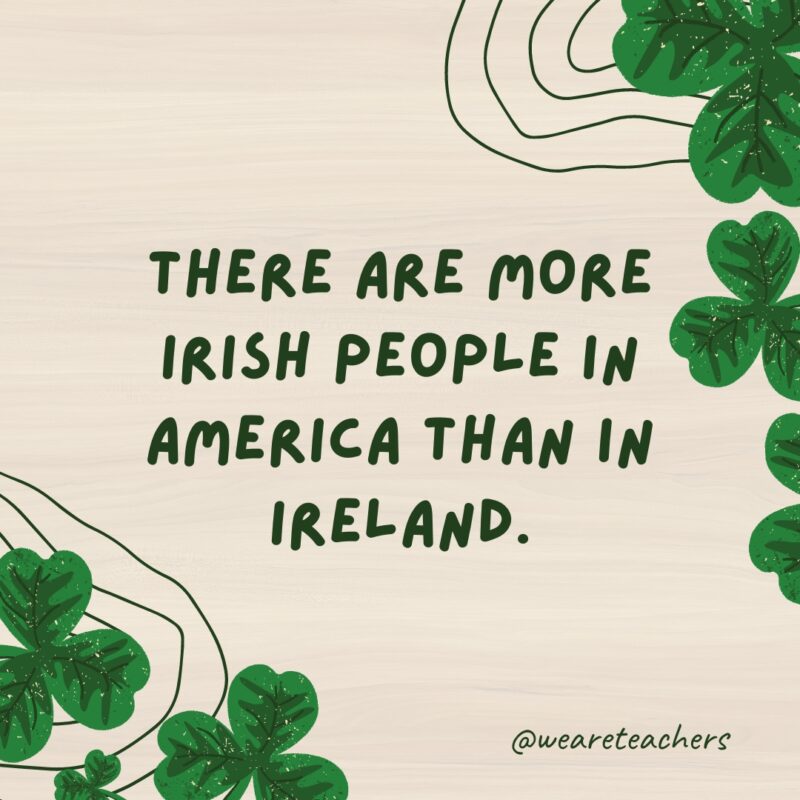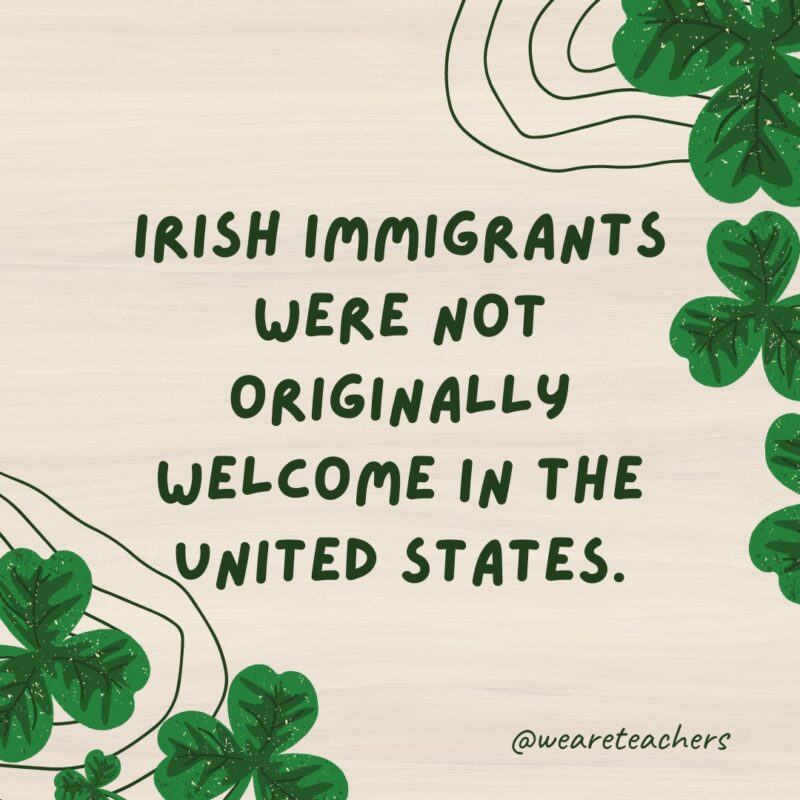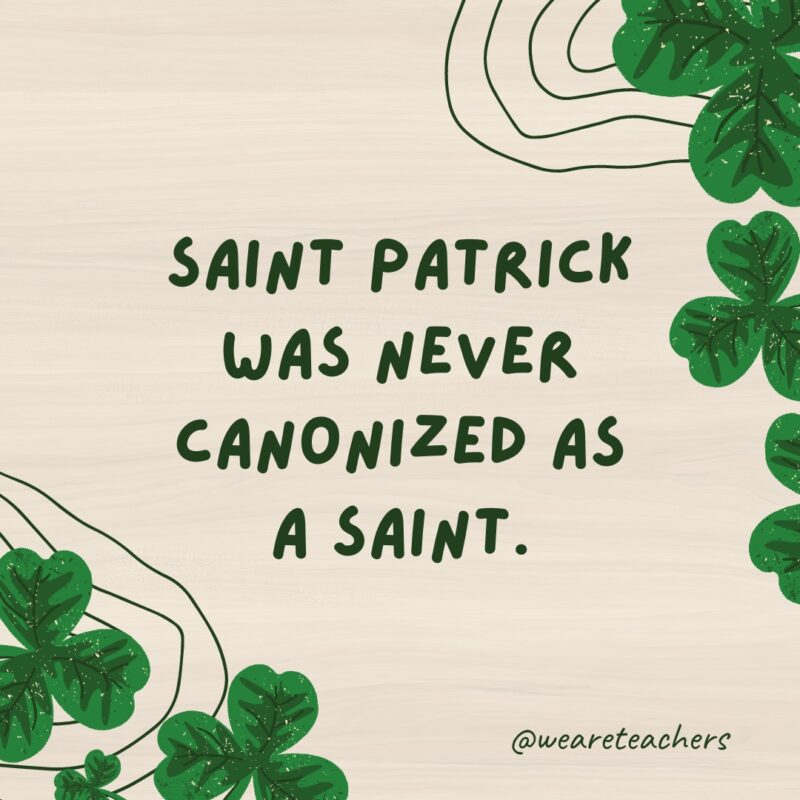Every year, people all over the world enjoy wearing green, going to parades, and celebrating St. Patrick’s Day—but what is this holiday really all about? More than just a day for fun, there is a lot of meaning behind the annual observance. Here are some St. Patrick’s Day facts to share with students in the classroom. Some of these might surprise you!
Our Favorite St. Patrick’s Day Facts
Saint Patrick’s Day is on March 17.
The annual holiday coincides with the traditional date when St. Patrick’s death is observed.
St. Patrick wasn’t even Irish!
Born Maewyn Succat (probably!), he lived with his Roman parents in late 4th century Scotland or Wales.
St. Patrick was kidnapped as a teenager.
In Roman-occupied Britain, Succat lived a life of privilege until pirates kidnapped him when he was 16 years old. He was held captive and enslaved for six years in Ireland.
St. Patrick’s Day is observed in Ireland.
It’s also recognized with parties and celebrations worldwide.
America’s first St. Patrick’s Day parade was held in Boston.
In 1737, to honor their roots, Irish immigrants launched the inaugural event.
The St. Patrick’s Day parade in New York City started in 1762.
One of the world’s largest parades—despite not allowing floats or cars—began with a march down 5th Avenue more than 250 years ago!
St. Patrick was the first bishop of Ireland.
After being held captive in Ireland for six years, he was freed and chose to stay in the country, where he became first a priest and then later the first bishop. He is often credited with bringing Christianity to Ireland.
Some believe St. Patrick drove all the snakes out of Ireland.
There is some doubt to this claim, however, since snakes don’t tend to live in this area.
Shamrocks are a symbol of St. Patrick’s Day.
This type of clover usually has three leaves, which stand for faith, hope, and love. As St. Patrick likely introduced Christianity to Ireland, the three leaves are also considered a metaphor for the Holy Trinity. Feeling lucky? Maybe you’ll find one with four leaves!
The symbol of Ireland is the harp.
Since medieval times, the harp has appeared in Irish legends and even on headstones.
Leprechauns are pretty popular.
Around St. Patrick’s Day, you’ll see a lot of leprechauns. These mythical creatures are said to hide pots of gold, but if you manage to catch up to them, they have to tell you where to find the treasure!
The Chicago River is dyed green for St. Patrick’s Day.
The city started this colorful tradition in 1962.
Leprechauns may have been inspired by Celtic fairies.
Originally these mythical figures of folklore were called “lobaircin,” which means “small-bodied fellow.” Celtic fairies were believed to possess magical powers to serve both good and evil.
It was once believed that if you wear green, you’ll be invisible to leprechauns.
Originally people wore green on St. Patrick’s Day because they believed mischievous leprechauns would leave them alone. They thought if they wore a different color, they might get pinched by a leprechaun!
St. Patrick’s official color was sky blue.
We should really be wearing blue on St. Patrick’s Day since sky blue was St. Patrick’s official color. However, kelly green was popularized after it was associated with Ireland’s independence movement in the late 1700s.
Traditional Irish foods are eaten in celebration of St. Patrick’s Day.
It’s common to find people enjoying corned beef and cabbage, shepherd’s pie, and Irish soda bread.
Corned beef and cabbage is an Irish American dish.
It was common for ham and cabbage to be eaten in Ireland, but Irish immigrants in America had to find a cheaper solution. Using the leftover corned beef from tea trade ships returning from China, the iconic meal became widely popular during the late 19th and early 20th centuries.
There are no female leprechauns.
According to Irish folklore, female leprechauns simply do not exist!
There are more Irish people in America than in Ireland.
The U.S. Census explains, “Irish heritage is strong in America: More than 31.5 million residents claim Irish ancestry, second only to German (43.0 million).”
Irish immigrants were not originally welcome in the United States.
After a famine devastated Ireland in 1845, nearly 2 million Irish fled their homeland. Most found their way to the United States, but they were often shunned and considered unskilled, disease-ridden, and a drain on welfare resources.
Saint Patrick was never canonized as a saint.
Despite his incredible legacy, St. Patrick has never been formally recognized as a saint. Why? There simply was no process for canonization in his day!
What are your favorite St. Patrick’s Day facts? Share in the comments below!
Want more? Check out these 3+14 Pi Day jokes for kids!



